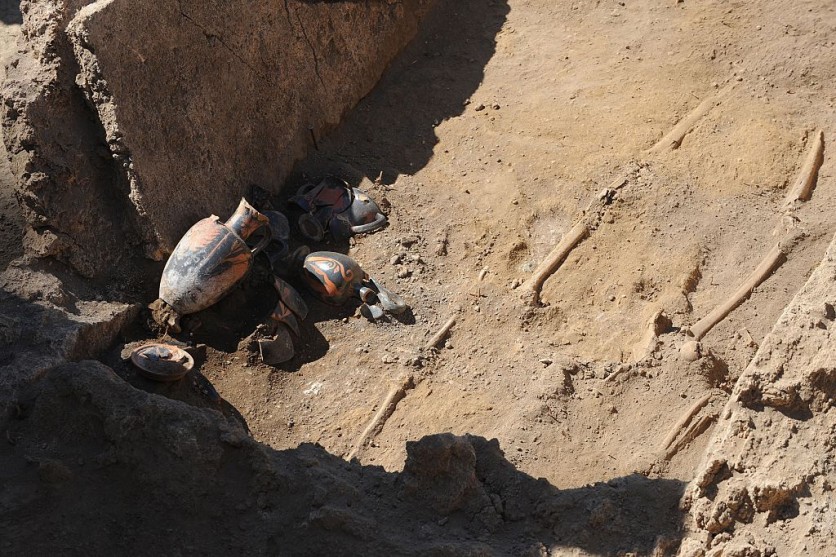Step into the intriguing world of ancient Roman rituals as archaeologists and biologists unveil astonishing evidence of bird sacrifices at the Temple of Isis in Pompeii.
This remarkable find sheds light on the worship practices of the goddess Isis and the role birds played in the religious ceremonies of the time.

Birds for Isis
The goddess Isis, initially revered in ancient Egypt, gained popularity across the Roman Empire. With myths surrounding her ability to resurrect the dead, she became known as a divine figure guiding souls into the afterlife.
The worship of Isis reached its zenith in the Roman Empire, where she was hailed as the "great mother."
Archaeologists Chiara Assunta Corbino and Beatrice Demarchi embarked on a journey to unravel the secrets of the Temple of Isis in Pompeii. Their study focused on the frescos adorning the temple walls, which provided invaluable insight into the rituals and banquets associated with the goddess.
The researchers hypothesize that these elaborate rituals were conducted by priests, who meticulously orchestrated ceremonies to honor the divine figure.
By examining the frescos, Corbino and Demarchi made a significant discovery-they found striking imagery depicting birds as integral components of the rituals.
Geese, turtle doves, chickens, and ibises were among the avian offerings, accompanied by pigs and some sea animals.
The presence of these depictions strengthens the belief that bird sacrifices played a crucial role in Isis' worship throughout the Roman Empire.
The Temple of Isis faced destruction during an earthquake in approximately A.D. 62, leaving it in ruins. However, the frescos analyzed by the researchers appeared to have been added post-earthquake during temple renovations.
These newly uncovered artworks shed light on the private and clandestine nature of these rituals, as they were performed away from prying eyes.
Unique to Italy
Notably, the discovery of the Isis frescos marks a milestone in the field of archaeology. These artworks, unique to Italy, offer a glimpse into the sacred ceremonies dedicated to the goddess.
Remarkably, the charred remains of the sacrificial birds indicate that they were not only offered but also consumed during lavish banquets, mirroring the scenes depicted in the frescos themselves.
Corbino and Demarchi's findings paint a vivid picture of the intricate religious practices that captivated the ancient Romans. The bird sacrifices to the revered goddess Isis exemplify the devotion and spiritual connection the people felt toward her.
As we delve deeper into the secrets of the past, the Temple of Isis in Pompeii unravels yet another layer of ancient history.
This fascinating archaeological discovery unveils birds' significant role in religious ceremonies and emphasizes the enduring influence of the goddess Isis in the ancient Roman Empire.
The study, titled "Birds for Isis: The evidence from Pompeii," was published in the International Journal of Osteoarchaeology.
Related Article : Archaeologists Find an Extremely Rare 1,300-year-old Gold and Gemstone Necklace From a Medieval Woman in England





